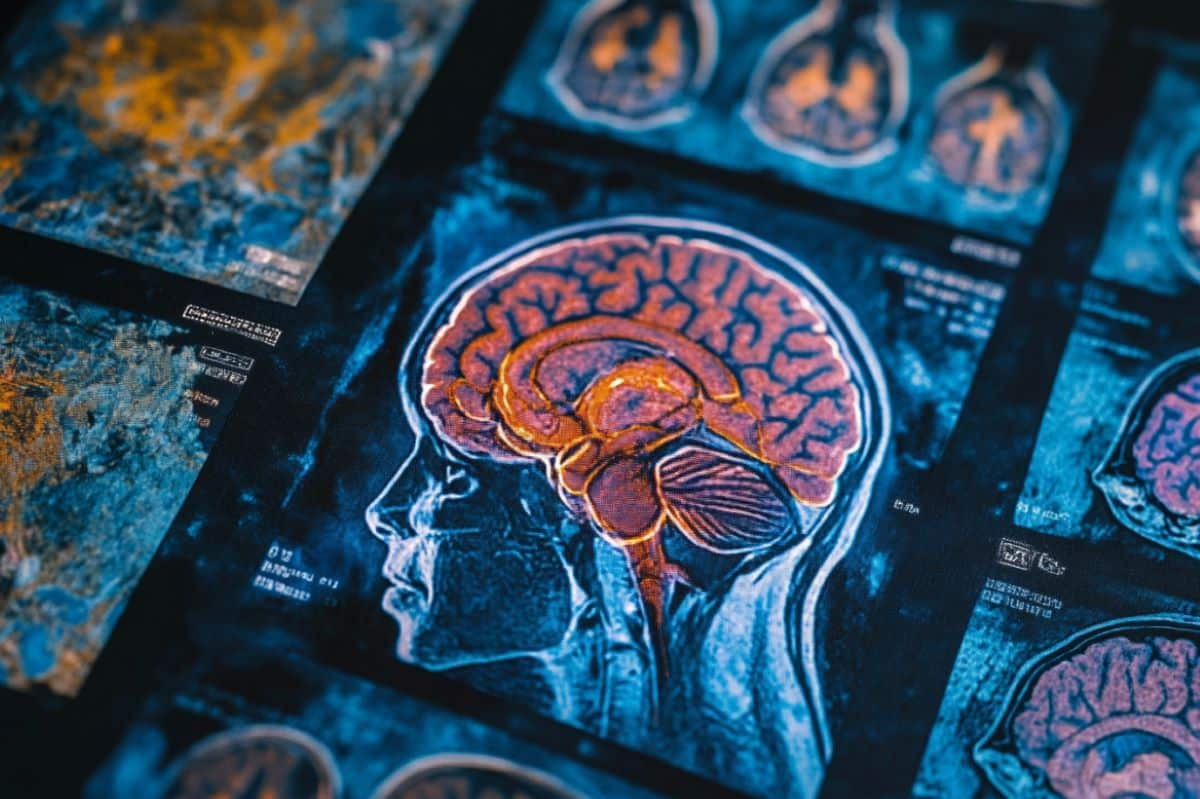Summary: Researchers uncovered a promising approach to treating Alzheimer’s disease by using dopamine to enhance brain enzyme activity that reduces harmful plaques. Conducted on mice, the study shows that dopamine increases neprilysin production, which breaks down beta-amyloid plaques linked to Alzheimer’s.
This discovery offers hope for new treatments if the results can be replicated in human trials. The next research phase will focus on understanding how dopamine regulates neprilysin to develop preventive therapies.
Key Facts:
- Dopamine’s Role: Dopamine can increase the production of neprilysin, an enzyme that breaks down beta-amyloid plaques in the brain, potentially offering a new treatment pathway for Alzheimer’s disease.
- Promising Results in Mice: In a mouse model of Alzheimer’s, treatment with L-DOPA, a dopamine precursor, led to reduced plaque formation and improved memory function.
- Future Research: Understanding how dopamine regulates neprilysin could pave the way for preventive treatments at the preclinical stage of Alzheimer’s, though L-DOPA’s side effects must be managed.
Source: RIKEN
A new way to combat Alzheimer’s disease has been discovered by Takaomi Saido and his team at the RIKEN Center for Brain Science (CBS) in Japan. Using mice with the disease, the researchers found that treatment with dopamine could alleviate physical symptoms in the brain as well as improve memory.
Published in the scientific journal Science Signaling on August 6, the study examines dopamine’s role in promoting the production of neprilysin, an enzyme that can break down the harmful plaques in the brain that are the hallmark of Alzheimer’s disease.
If similar results are found in human clinical trials, it could lead to a fundamentally new way to treat the disease.

The formation of hardened plaques around neurons is one of the earliest signs of Alzheimer’s disease, often beginning decades before behavioral symptoms such as memory loss are detected. These plaques are formed from pieces of the peptide beta-amyloid that accumulate over time.
In the new study, Saido’s team at RIKEN CBS focuses on the enzyme neprilysin because previous experiments showed that genetic manipulation that produces excess neprilysin in the brain—a process called upregulation—resulted in fewer beta-amyloid plaques and improved memory in mice.
While genetically manipulating mice to produce neprilysin is useful experimentally, to treat people with the disease, we need a way to do it using medication. Neprilysin pills or an injection are not feasible because it cannot enter the brain from the blood stream.
The first step in the new study was therefore a tedious screening of many molecules to determine which ones can naturally upregulate neprilysin in the correct parts of the brain.
The team’s previous research led them to narrow down the search to hormones produced by the hypothalamus, and they discovered that applying dopamine to brain cells cultured in a dish yielded increased levels of neprilysin and reduced levels of free-floating beta-amyloid.
Now the serious experiments began. Using a DREADD system, they inserted tiny designer receptors into the dopamine producing neurons of the mouse ventral tegmental area. By adding a matching designer drug to the mice’s food, the researchers were able to continuously activate those neurons, and only those neurons, in the mouse brains.
As in the dish, activation led to increased neprilysin and decreased levels of free-floating beta-amyloid, but only in the front part of the mouse brain. But could the treatment remove plaques? Yes.
The researchers repeated the experiment using a special mouse model of Alzheimer’s disease in which the mice develop beta-amyloid plaques. Eight weeks of chronic treatment resulted in significantly fewer plaques in the prefrontal cortex of these mice.
The DREADD system is an incredible system for precise manipulation of specific neurons. But it is not very useful for human clinical settings. The final experiments tested the effects of L-DOPA treatment. L-DOPA is a dopamine precursor molecule often used to treat Parkinson’s disease because it can enter the brain from the blood, where it is then converted into dopamine.
Treating the model mice with L-DOPA led to increased neprilysin and decreased beta-amyloid plaques in both frontal and posterior parts of the brain. Model mice treated with L-DOPA for 3 months also performed better on memory tests than untreated model mice.
Tests showed that neprilysin levels naturally decreased with age in normal mice, particularly in the frontal part of the brain, perhaps making it a good biomarker for preclinical or at-risk Alzheimer’s disease diagnoses.
How dopamine causes neprilysin levels to increase remains unknown, and is the next research topic for Saido’s group.
“We have shown that L-DOPA treatment can help reduce harmful beta-amyloid plaques and improve memory function in a mouse model of Alzheimer’s disease,” explains Watamura Naoto, first author of the study.
“But L-DOPA treatment is known to have serious side effects in patients with Parkinson’s disease. Therefore, our next step is to investigate how dopamine regulates neprilysin in the brain, which should yield a new preventive approach that can be initiated at the preclinical stage of Alzheimer’s disease.”
About this Alzheimer’s disease research news
Author: Adam Phillips
Source: RIKEN
Contact: Adam Phillips – RIKEN
Image: The image is credited to Neuroscience News
Original Research: Closed access.
“The dopaminergic system promotes neprilysin-mediated degradation of amyloid-β in the brain” by Takaomi Saido et al. Science Signaling
Abstract
The dopaminergic system promotes neprilysin-mediated degradation of amyloid-β in the brain
Deposition of amyloid-β (Aβ) in the brain can impair neuronal function and contribute to cognitive decline in Alzheimer’s disease (AD). Here, we found that dopamine and the dopamine precursor levodopa (also called l-DOPA) induced Aβ degradation in the brain.
Chemogenetic approaches in mice revealed that the activation of dopamine release from ventral tegmental area (VTA) neurons increased the abundance and activity of the Aβ-degrading enzyme neprilysin and reduced the amount of Aβ deposits in the prefrontal cortex in a neprilysin-dependent manner.
Aged mice had less dopamine and neprilysin in the anterior cortex, a decrease that was accentuated in AD model mice.
Treating AD model mice with levodopa reduced Aβ deposition and improved cognitive function.
These observations demonstrate that dopamine promotes brain region–specific, neprilysin-dependent degradation of Aβ, suggesting that dopamine-associated strategies have the potential to treat this aspect of AD pathology.






